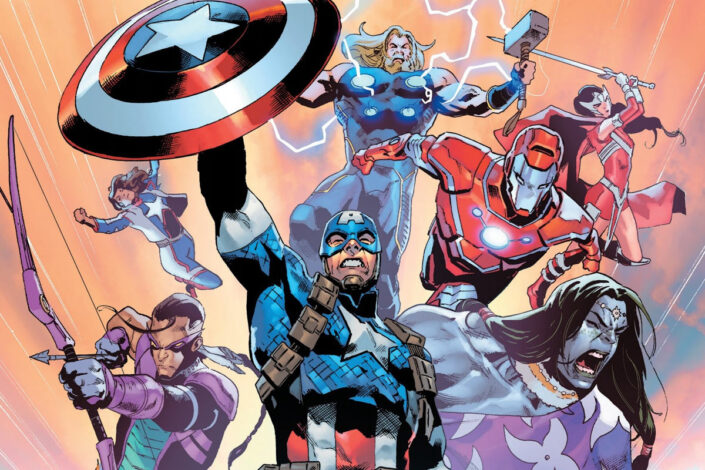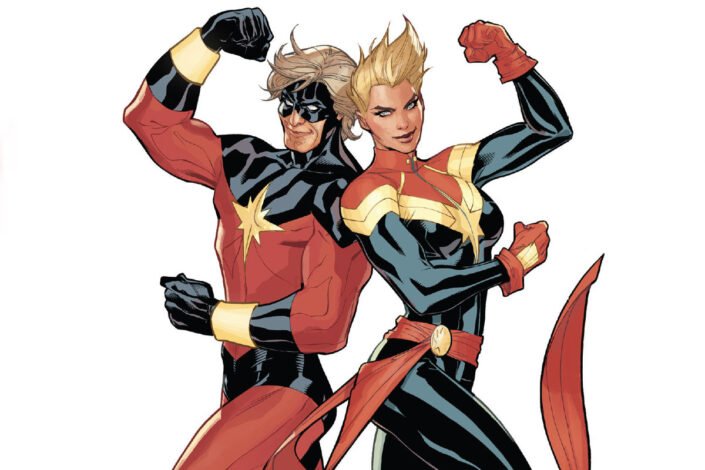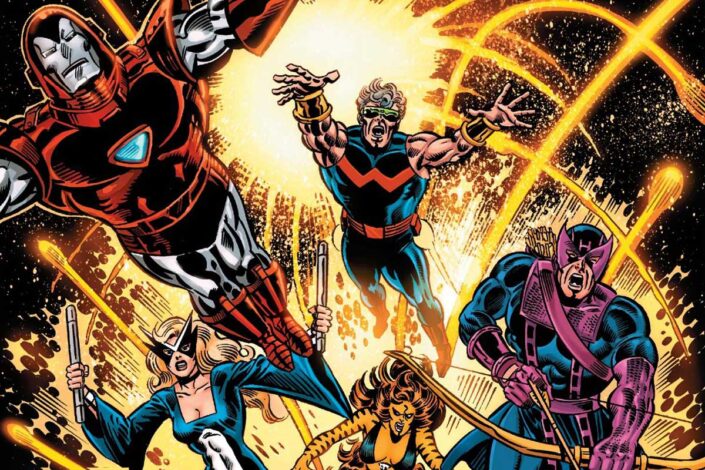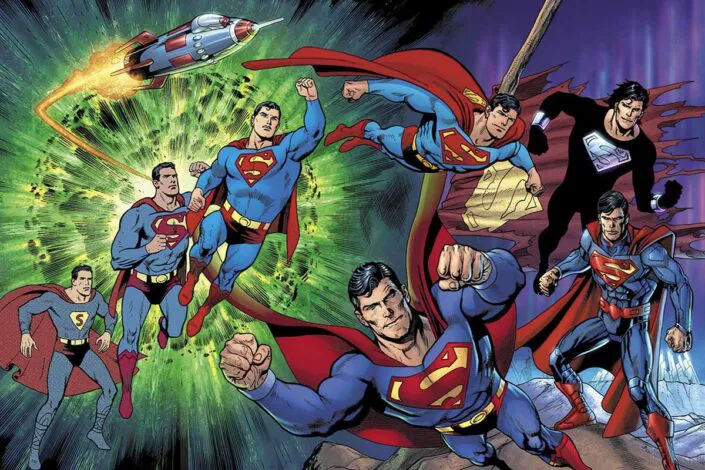Gargoyles Comics – Your Reading Guide to the Stories Beyond The Show
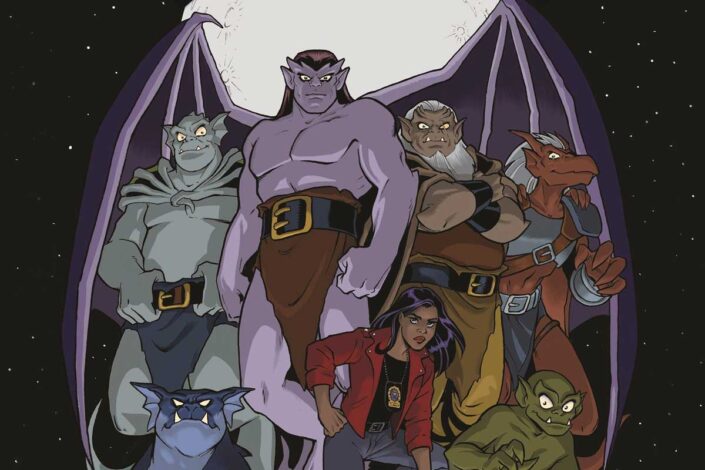
While the DCAU Universe was taking shape in the ’90s, changing the landscape for animated children’s shows, Disney was making its mark with Gargoyles:
One thousand years ago, superstition and the sword ruled. It was a time of darkness. It was a world of fear. It was the age of gargoyles. Stone by day, warriors by night, We were betrayed by the humans we had sworn to protect, frozen in stone by a magic spell for a thousand years. Now, here in Manhattan, the spell is broken, and we live again! We are defenders of the night! We are gargoyles!
While there is no official creator credit, Gargoyles (1994–1997) was developed by former DC Comics editor and Disney director of series development Greg Weisman, co-producer Frank Paur and key writers Michael Reaves and Brynne Chandler (among other writers), and would go on for three seasons, and a total of 78 episodes. The third and last season — untitled The Goliath Chronicles — was unexpectedly ordered and mostly made by a new creative team and is now classified as non-canon.
Read More »Gargoyles Comics – Your Reading Guide to the Stories Beyond The Show
